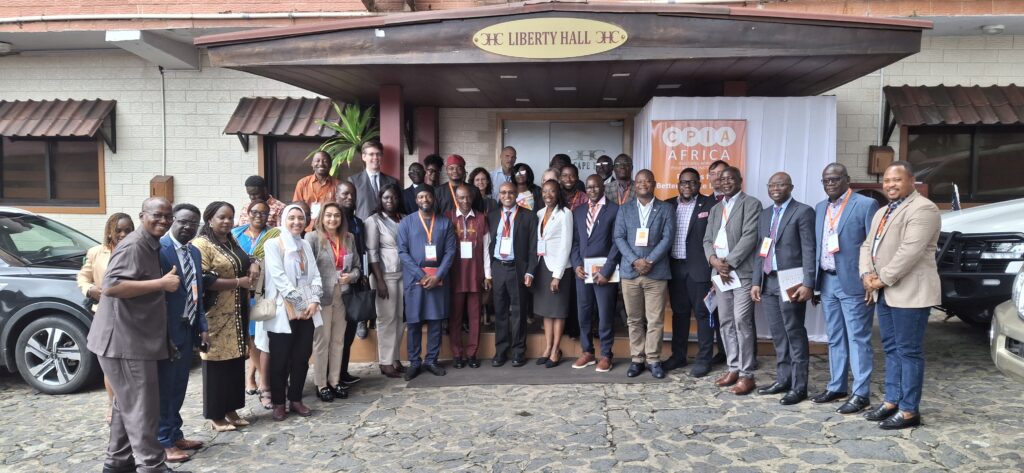Liberia has recorded a modest improvement in its policy and institutional performance, according to the World Bank’s 2024 Country Policy and Institutional Assessment (CPIA) report.
The country’s overall score rose from 3.0 in 2023 to 3.1 in 2024, matching the International Development Association (IDA) average but still trailing behind both the West and Central Africa regional average and the Sub-Saharan Africa IDA average, which each stand at 3.3.
The CPIA evaluates the quality of a country’s policy and institutional framework across four clusters: Economic Management, Structural Policies, Policies for Social Inclusion and Equity, and Public Sector Management and Institutions. Liberia’s strongest performance came in Economic Management, with a score of 3.3, while its weakest area was Public Sector Management and Institutions, scoring 2.8.
Within the Economic Management cluster, Liberia earned its highest rating of 3.7 in Monetary and Exchange Rate Policy, reflecting tight monetary policy that helped reduce inflation to single digits. Fiscal Policy scored 3.5, also indicating relatively sound management. On the other hand, under Public Sector Management, areas such as Property Rights and Rule-Based Governance and Transparency and Accountability remained low, each scoring 2.5, highlighting ongoing governance challenges.
In the Structural Policies cluster, Liberia scored 3.0, aligning with the IDA borrower average. The country’s Trade Policy rated relatively well at 3.5, but concerns were noted in the Financial Sector (3.0) and especially in the Business Regulatory Environment (2.5), which continues to hinder private sector growth.
Social inclusion indicators remained stable, with the Policies for Social Inclusion and Equity cluster averaging 3.1. Liberia showed its best performance in Building Human Resources (3.5) and Equity in Public Resource Use (3.0).
However, Gender Equality (3.0) and Environmental Sustainability (3.0) saw no significant improvement.
The report highlighted several key developments in Liberia’s reform landscape. These included progress in digital financial services, with mobile money adoption on the rise and a modern credit registry being established.
The Liberia Revenue Authority (LRA) also reported improvements in tax administration through platforms such as ITAS and ASYCUDA, which have helped boost revenue collection. However, challenges persist in infrastructure, service delivery, and citizen awareness.
From a regional standpoint, the Sub-Saharan Africa IDA-eligible countries’ average CPIA score remained at 3.1, with a balance of countries either improving or declining.
While the region saw gains in structural and social inclusion policies, governance weaknesses continued to undermine broader progress.
Liberia’s CPIA score has gradually improved since 201signallinging positive reform momentum despite remaining consistently below regional averages.
The largest improvement between 2018 and 2024 was seen in Public Sector Management and Institutions (+0.3), followed structural policiesies (+0.2) and Economic Management (+0.1).
In terms of socioeconomic context, Liberia’s population stands at 5.6 million, with a GDP of $4.8 billion and a per capita income of $846.3. The poverty rate, based on 2017 purchasing power parity, is 26.4%, underscoring the country’s development challenges.
While Liberia has made notable strides in economic and fiscal management and in strengthening revenue systems, its governance sector and regulatory framework remain key areas requiring urgent reform. The 2024 CPIA results offer a roadmap for policymakers to consolidate gains and address systemic weaknesses in pursuit of sustained national development.


